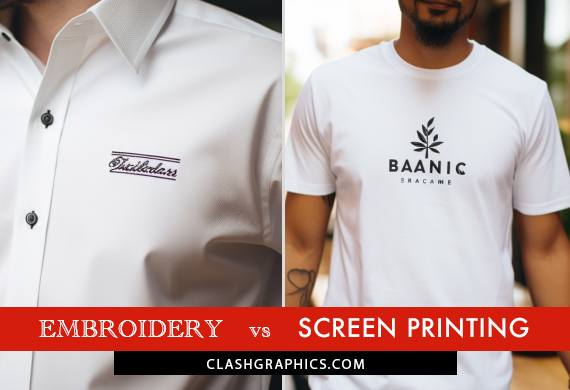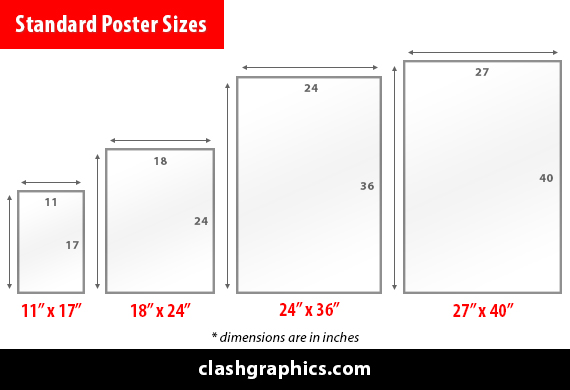Digital vs. Offset Printing Explained
Posted by Clash Graphics on 22nd Jan 2020
You can avoid unnecessary expenses for your printing needs. Knowing the differences between digital and offset printing can help you make smarter decisions when it’s time to print. clashgraphics.com gathered the following information…
read more





